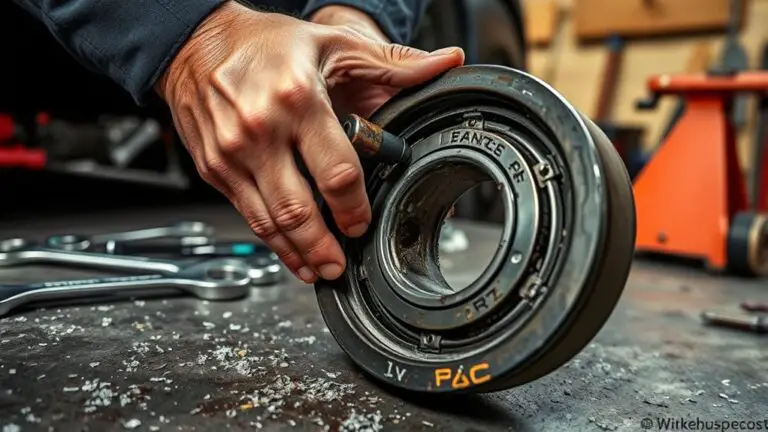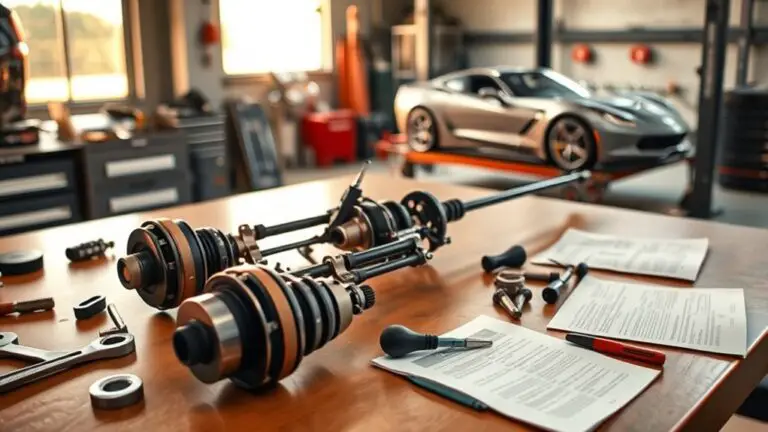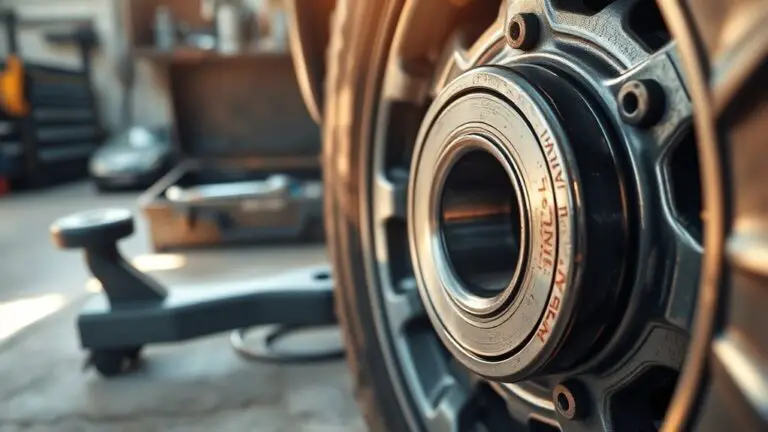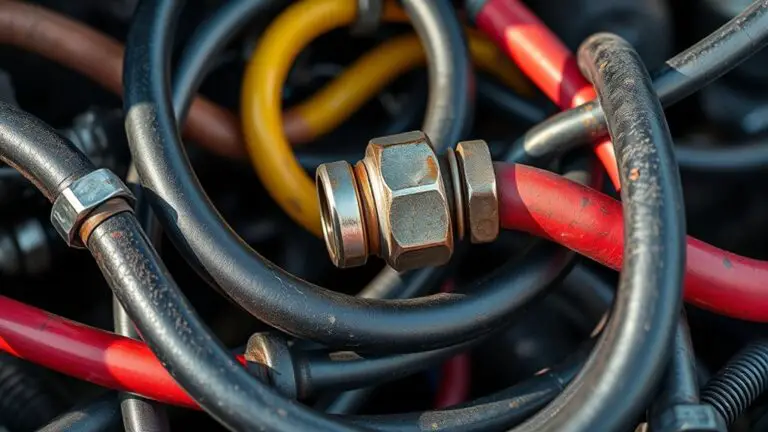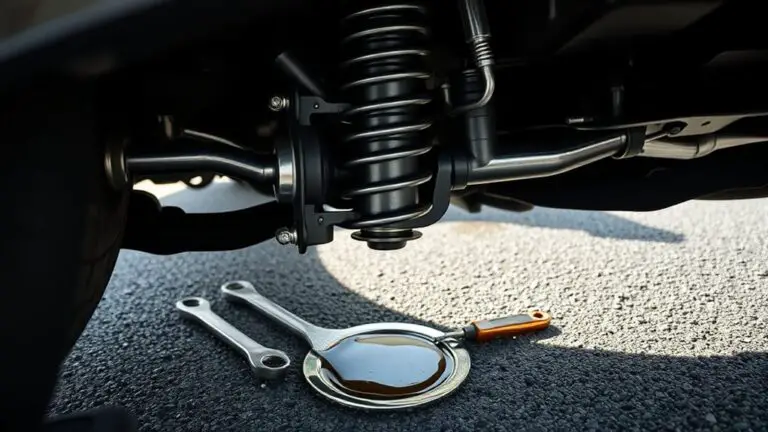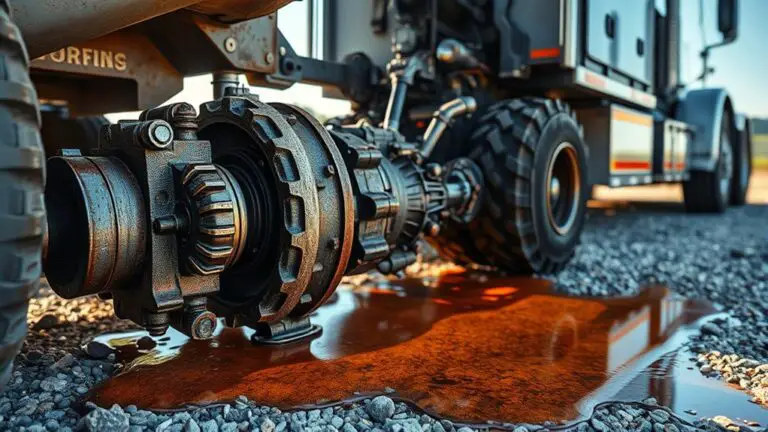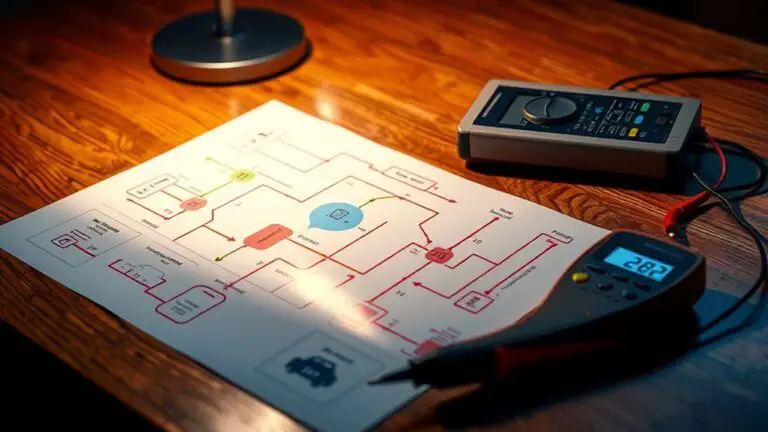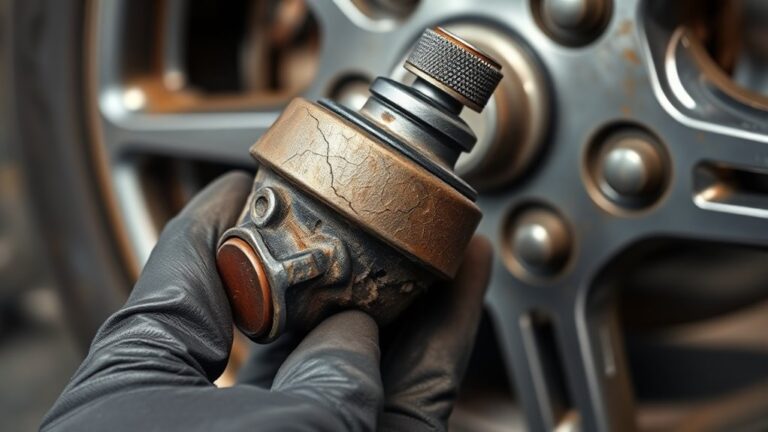Step-By-Step: Repairing a Blowout Caused by a Damaged Wheel Bearings
To repair a blowout caused by damaged wheel bearings, you first diagnose wear by listening for rhythmic changes with speed and inspecting heat, play, and tire wear. Secure the vehicle on a solid, level surface, chock it, and raise safely. Remove the wheel, detach the hub assembly, and inspect the bearing bore, seals, and race…

